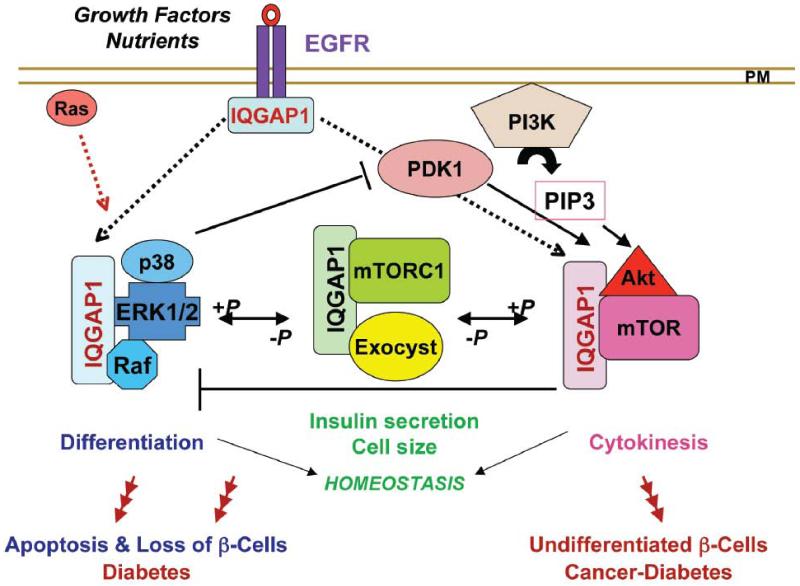Figure 4. A Model of IQGAP1 Signaling in the link of cancer and diabetes.
IQGAP1 binds receptor tyrosine kinases (RTK) like EGFR [85] directly or indirectly to signal the formation of specialized scaffolds, which regulate cell homeostasis through dynamic phosphorylation [53, 68, 77, 78]. Deregulation of IQGAP1’s signal dynamics can tilt the IQGAP1-mTORC1-Akt1-MAPK pathway to the left or to the right (red arrows with multiple heads) [53, 68, 77, 78]. If tilted to the left via down regulation of IQGAP1 and/or persistence of the un-phosphorylated form and deregulation of the MAPK signal, it leads to increased β-cell size [78] and apoptosis and thus diabetes resulting from loss of β-cells, and explaining why IQGAP1 expression is down regulated in β-cells from a population of diabetic patients. If the pathway is tilted to the right via overexpression of IQGAP1 and/or persistence of the phospho-form and chronic Akt activity, it leads to transformed phenotypes [53, 78], leading to cancer initiation as well as diabetes, resulting from undifferentiated β-cells. Therefore, the nature of the deregulation in the pathway defines different subsets of patients and might be useful for developing personalized medicine.

